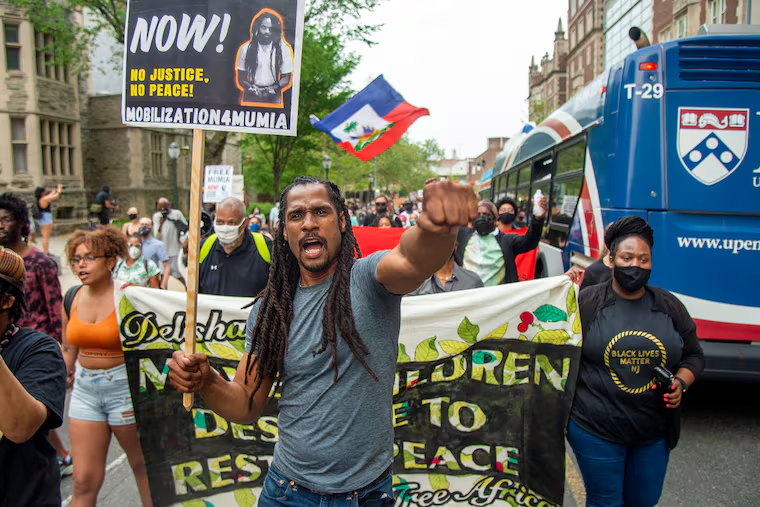Penn Museum pledges to return remains of MOVE member to the Africa family, demonstrators visit residence of Penn President Amy Gutmann
A university spokesperson said the remains “are accounted for,” but would not say where they are.

A university spokesperson said the remains “are accounted for,” but would not say where they are.
